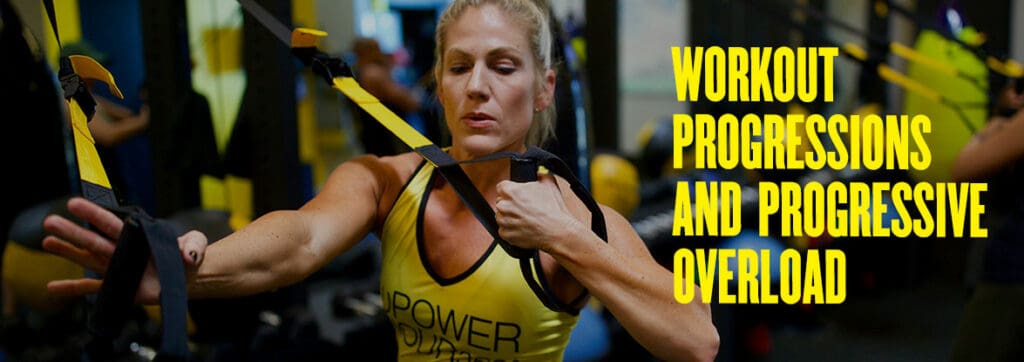
Were you fit in high school? This time of year many of us are hitting the gym again, trying to regain some of the splendor of our glory days, or maybe seeking some glory days for the first time. When you take on a new exercise routine it is important to know where you are starting before you decide where you want to be by summer time. The human body has an incredible ability to adapt to physical stress put on it but it can also seem very fragile when we first get going. Workout progressions and modifications allow exercises to be performed up to the correct level of intensity for each individual. We all know what a push-up is but for many of us it can seem like an impossibility. But if you lower your knees to the ground, or lean against a wall or counter top you may find you can perform the exercise just fine, these are examples of modifications. On the other hand if a simple push-up seems too easy then raising one leg off the ground or even trying a 1-arm push-up may be a good progression for you. As you choose exercises to perform do a little research to see what modifications and progressions are right for you but make sure you aren’t going right into the heaviest variations right away.
You may have heard people say “make sure you warm up”. This idea of warming the body up makes a big difference in the overall performance of the muscles being used. The idea of progressive overload really has two meanings, the first is slowly over many workouts progressing the amount of weight lifted, but it also refers to slowly over a single workout progressing the amount of weight lifted. If you come into the gym and try to do kettlebell swings with the heaviest kettlebell right off the bat, not only do you increase your chance of injury but you also may find that weight feels much heavier than it should or than it did just the day or week before. Instead try to start your workout with more moderate weights to allow the muscles to warm up and adapt to the amount of stress that will be placed on them. This way as you increase the weight the muscles will be more prepared to handle the stress. Going from 0lbs to 100lbs is a big jump but 0 to 40lbs is more manageable, then 40lbs to 60lbs, 60lbs to 80lbs, from there you just need 25% more effort to make it to 100lbs. In this way progressive overload allows the muscles and supporting structures to warm up and recruit their full strength by the time you get to your most difficult exercises or heaviest sets.
Working out can seem overwhelming and at times a bit complicated. Don’t think you need to be the strongest in the gym on day 1. Use Exercise modifications and progressions to make small changes over time and keep challenging yourself. Also slowly add more weight one set at a time and progressively overload the muscles to avoid overwhelming yourself and risking soft tissue injuries by going right back to how strong you were the day or week before.
